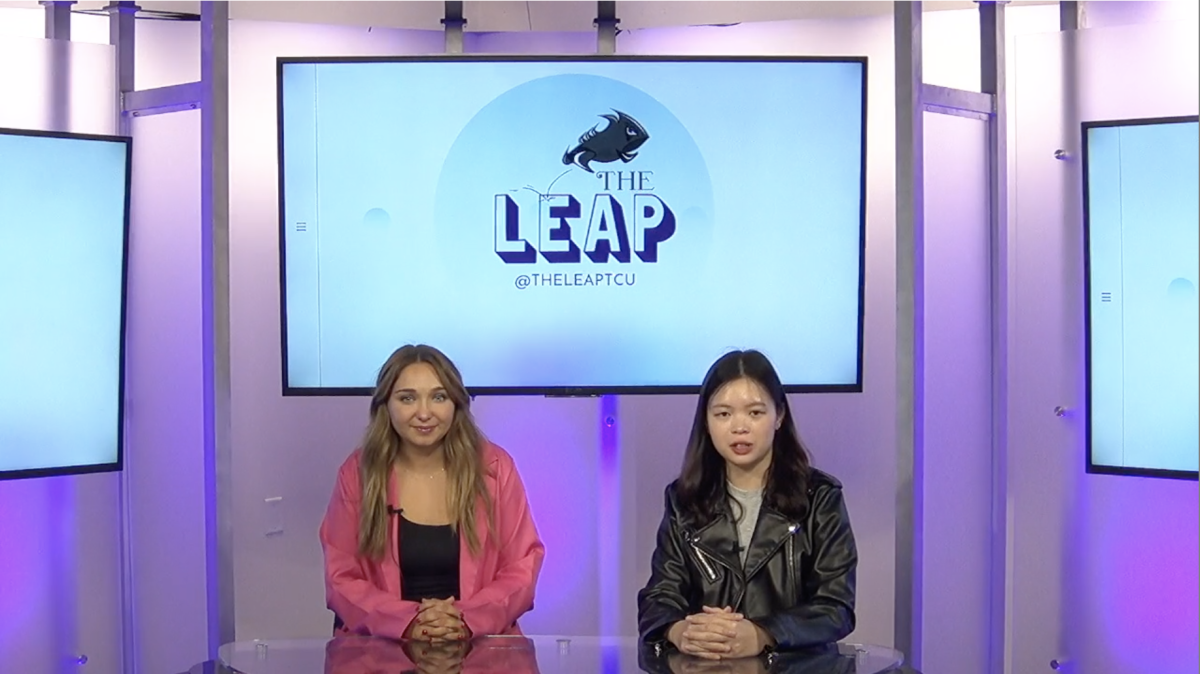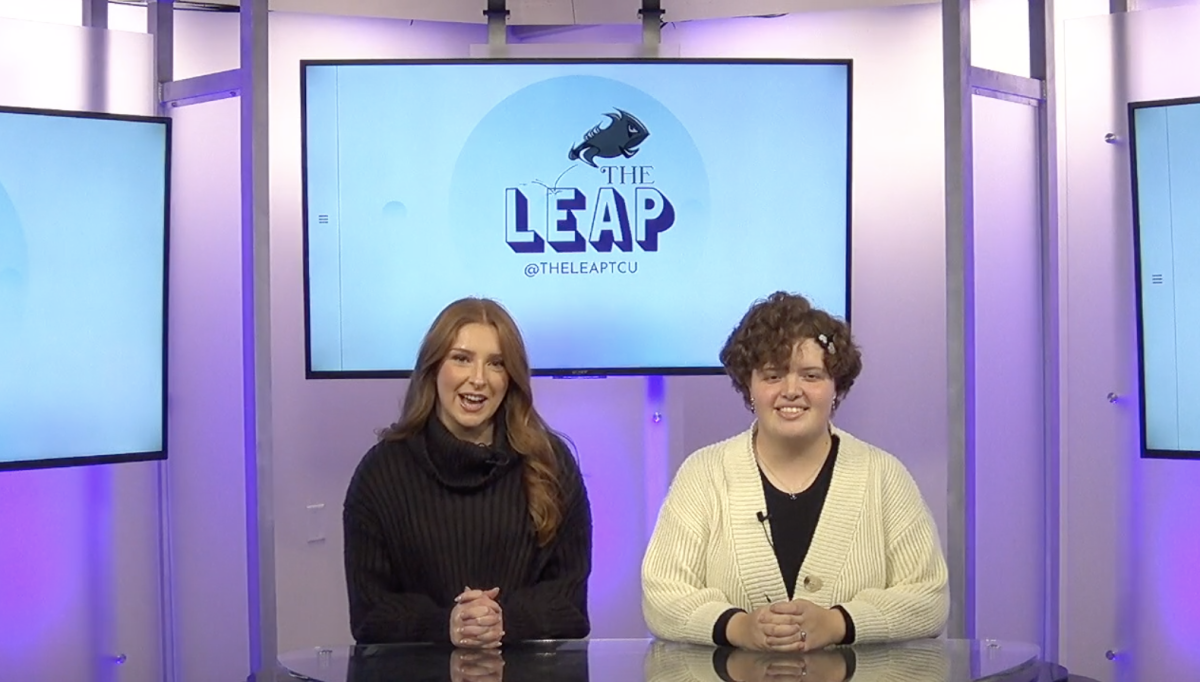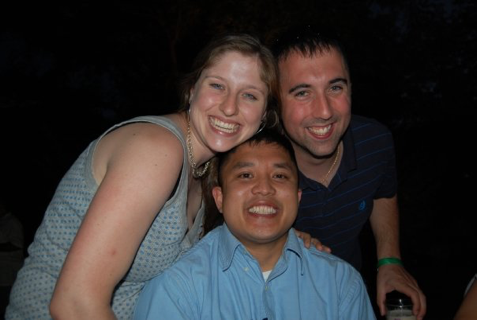The exploration of white-black conflicts in suburban America is not a new idea.
“Radio,” “Remember the Titans,” “The Secret Life of Bees” and other various movies fall into the ubiquitous genre of race relations throughout American history.
“The Help,” then, had every opportunity in the world to repeat the conflicts, plot points and character dynamics that have been explored so often before, becoming another casualty of Hollywood’s quest for box office success over true quality.
“The Help” easily avoided this pitfall—a triumph due in large part to the screenwriter’s close adaptation to Kathryne Stockett’s best-selling novel of the same name.
The plot follows Eugenia “Skeeter” Phelan, played by Emma Stone, an aspiring young writer in Jackson, Mississippi. As Skeeter, a recent college graduate, tries to settle back into a life with her old friends—most of whom have babies, husbands and an interest in the social aspects of their Junior League—she is confronted with the reality that her friends are clueless when it comes to actual social issues.
Skeeter eventually comes up with the idea of interviewing the black maids who raise the wealthy, white babies of Jackson and clean houses for the wealthy, white women-babies of Jackson. The interviews are published, and all hell breaks loose.
The movie’s real strength comes from its simple portrayal of the past. The look—from wardrobe to cinematography—is spot-on with fashion and attitudes of the time. The Southern accents are laid on thick but not overdone. There is a definite divide between the white and black women in Jackson, but the divide is not stretched into an unrealistic chasm where one side is “too good” to even talk to another. Basically, the movie is believable in its construction, even if the embellishments are a little far-fetched.
Emma Stone, Bryce Dallas Howard, Octavia Spencer, and Viola Davishead an ensemble cast of recognizable faces. Each actress fits her role well enough to make the movie enjoyable without the distractions of an actress who is trying to fit a character rather than seamlessly becoming her character. The two actresses who fit their roles best were Octavia Spencer as Minnie Jackson and Jessica Chastain as Celia Foote. Both women effortlessly shine, and it is their scenes together where “The Help” truly becomes a pleasure to watch.
“The Help”—like any good movie made for a predominantly female audience—has its fair share of moments designed to wring out tears, cause gasps, and force you to convulse in laughter. Still, at 146 minutes the movie is a bit too long and not quite captivating enough to allow you to enjoy the entire cinematic experience without glancing at your watch for the time, getting antsy from the prolonged sit.
In all, “The Help” is a good movie. Good, not great. For those who have read the book, “The Help” is a must-see and probably a must-buy when it comes to DVD or Blu-ray. Otherwise, the appeal of the movie is probably best suited to mother-daughter lunch dates and girls’ nights.
Freshman anthropology and history double major from Marble Falls, Texas.






